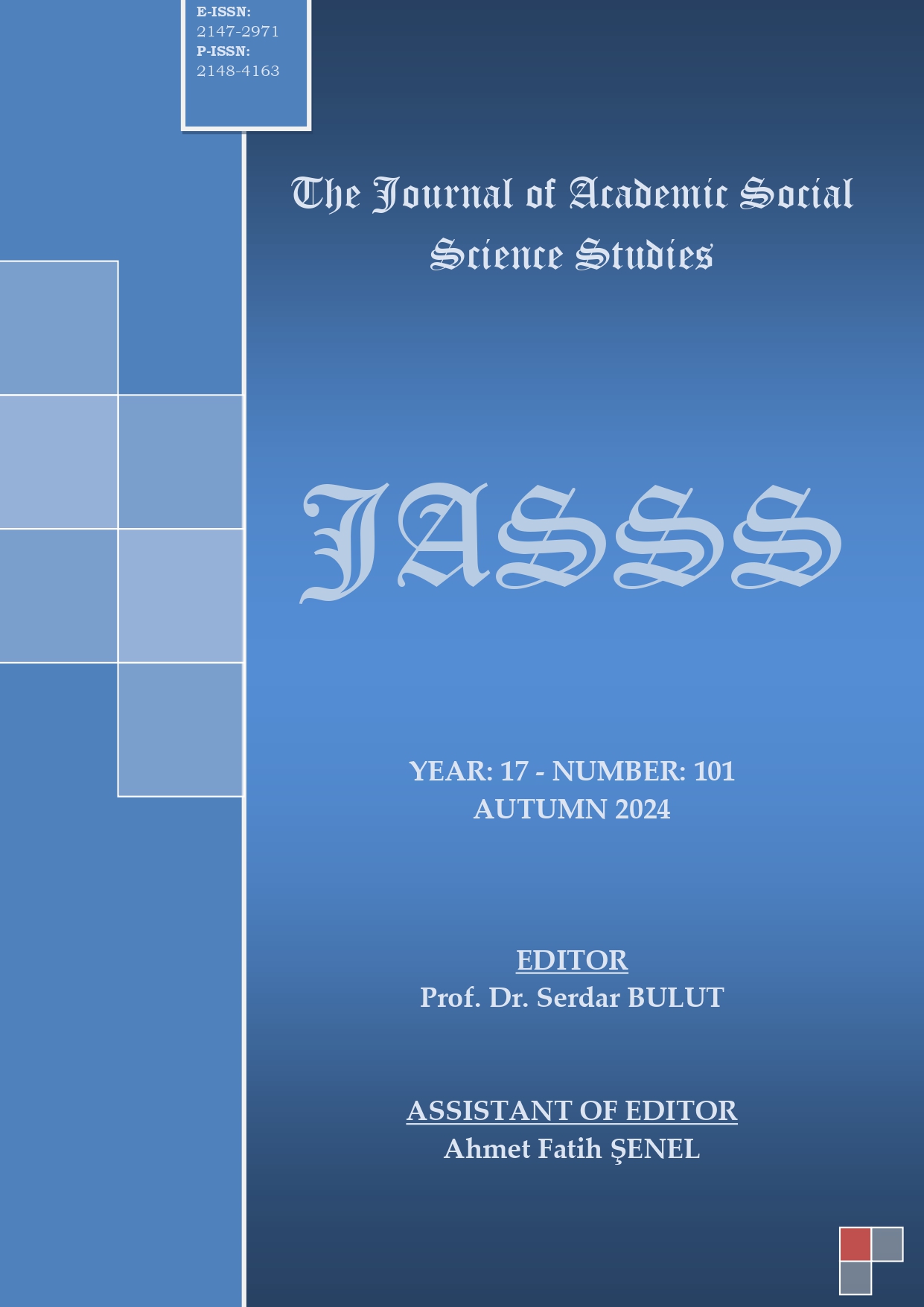KARGOTEKTÜR (CARGOTECTURE) KAVRAMI İLE KONUT YAPILARININ İLERİ DÖNÜŞÜM SÜRECİNİN YENİDEN DEĞERLENDİRİLMESİ: SİSTEMATİK LİTERATÜR TARAMASI
Author :
Abstract
“Cargotecture” kavramı 1987 yılında Philip C. Clark’ın nakliye konteynerlerini yaşanabilir bir yapıya dönüştürme yöntemi olarak tanımladığı bir kavramdır. Uluslararası standartlara göre üretilen (ISO) “corten” nakliye konteynerlerinin kullanım ömrünü tamamladıktan sonra ileri dönüşümle farklı işlevlere yanıt verebilecek nitelikte yapısal birer unsur olarak kullanılması mimari üretim açısından yeni bir alan açmaktadır. Bu yeni üretim biçimiyle birlikte yapıların yaşam boyu etkilerinin azaltılması, sıfır karbonlu bir yapılı çevre yaratmak için kritik öneme sahiptir. Nakliye konteynerlerinin ileri dönüşümü konvansiyonel bir yapım sürecine göre daha sürdürülebilir bir alternatif sunmaktadır (Berbesz ve Szefer, 2018). Son yıllarda ileri dönüşüm bağlamında nakliye konteynerlerinin konuta dönüştürülmesine yönelik yapılan çok sayıda çalışma bulunmaktadır. Ancak bu yeni dönüşüm sürecinin belirli kriterlere uygun olarak ele alınması gerekmektedir. Bu nedenle nakliye konteynerlerinin ileri dönüşüm müdahalesi ile konuta dönüştürülmesi sürecini ele alan kriterlerin belirlenmesi önemli hale gelmektedir. Çalışmada ileri dönüşüm kavramının kargotektür yapım sürecinin çeşitli aşamalarına nasıl dahil edildiğini ve çevresel yarar sağlamak için hangi iyileştirmelere gereksinim duyulduğunu değerlendirmek için akademik literatürün sistematik bir incelemesi gerekmektedir. İstanbul gibi büyük metropollerde farklı gerekçelerle (deprem, strüktürel eskime, sel, heyelan vb.) konut yapılarının dönüşümü aşamasında kargotektür kavramından yararlanılması için kriter seti oluşturmak amaçlanmıştır. Bu nedenle ilk olarak 2000-2023 yılları arasında yayınlanan çalışmalar Sistematik Literatür Taraması (SLT) yöntemiyle taranmıştır. Tarama sonucunda belirlenen 22 yayının konutlar için ele aldığı süreç ve kriterler analiz edilmiştir. Analizler sonucunda elde edilen 5 ana kriter ve 40 alt kriter gözden geçirilerek yapım süreci aşamalarına yönelik bir değerlendirme sunulacaktır. Kargotektür yapım sürecinin ileri dönüşüm kavramı ile yeniden değerlendirilmesi bu çalışmanın odak noktasını oluşturmaktadır.
Keywords
Abstract
"Cargotecture" is a concept defined by Philip C. Clark in 1987 as a method of transforming shipping containers into a habitable structure. The use of "corten" shipping containers produced according to international standards (ISO) as structural elements that can respond to different functions by upcycling after the end of their service life opens a new field in terms of architectural production. Reducing the lifetime impact of buildings with this new form of production is critical for creating a zero-carbon built environment. Upcycling of shipping containers offers a more sustainable alternative to a conventional construction process (Berbesz and Szefer, 2018). In recent years, there have been many studies on the conversion of shipping containers into housing in the context of upcycling. However, this new transformation process should be handled in accordance with certain criteria. For this reason, it becomes important to determine the criteria that address the process of converting shipping containers into housing with upcycling intervention. The study requires a systematic review of the academic literature to assess how the upcycling concept is incorporated into the various stages of the cargotecture construction process and what improvements are needed to provide environmental benefits. Guided by the literature review, an objective has been defined for the solution steps of an important problem area for our country. It is aimed to create a criterion set for utilising the concept of coregecture in the transformation of residential buildings for different reasons (earthquake, structural obsolescence, flood, landslide, etc.) in large metropolises such as Istanbul. For this reason, firstly, the studies published between 2000 and 2023 were scanned by Systematic Literature Review (SLR) method. The processes and criteria of 22 publications identified as a result of the review were analysed. The 5 main criteria and 40 sub-criteria obtained as a result of the analyses will be reviewed and an evaluation of the stages of the construction process will be presented. The re-evaluation of the cargotecture construction process with the concept of upcycling constitutes the focus of this study.





